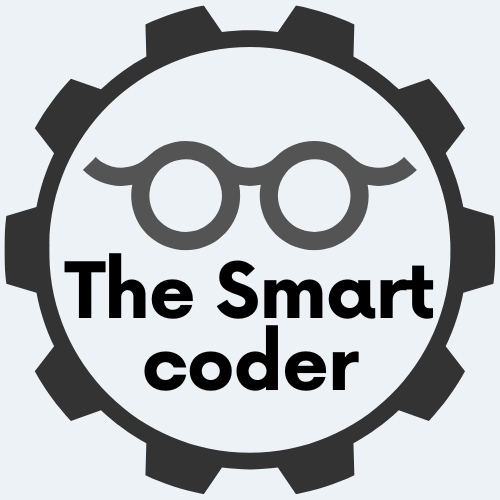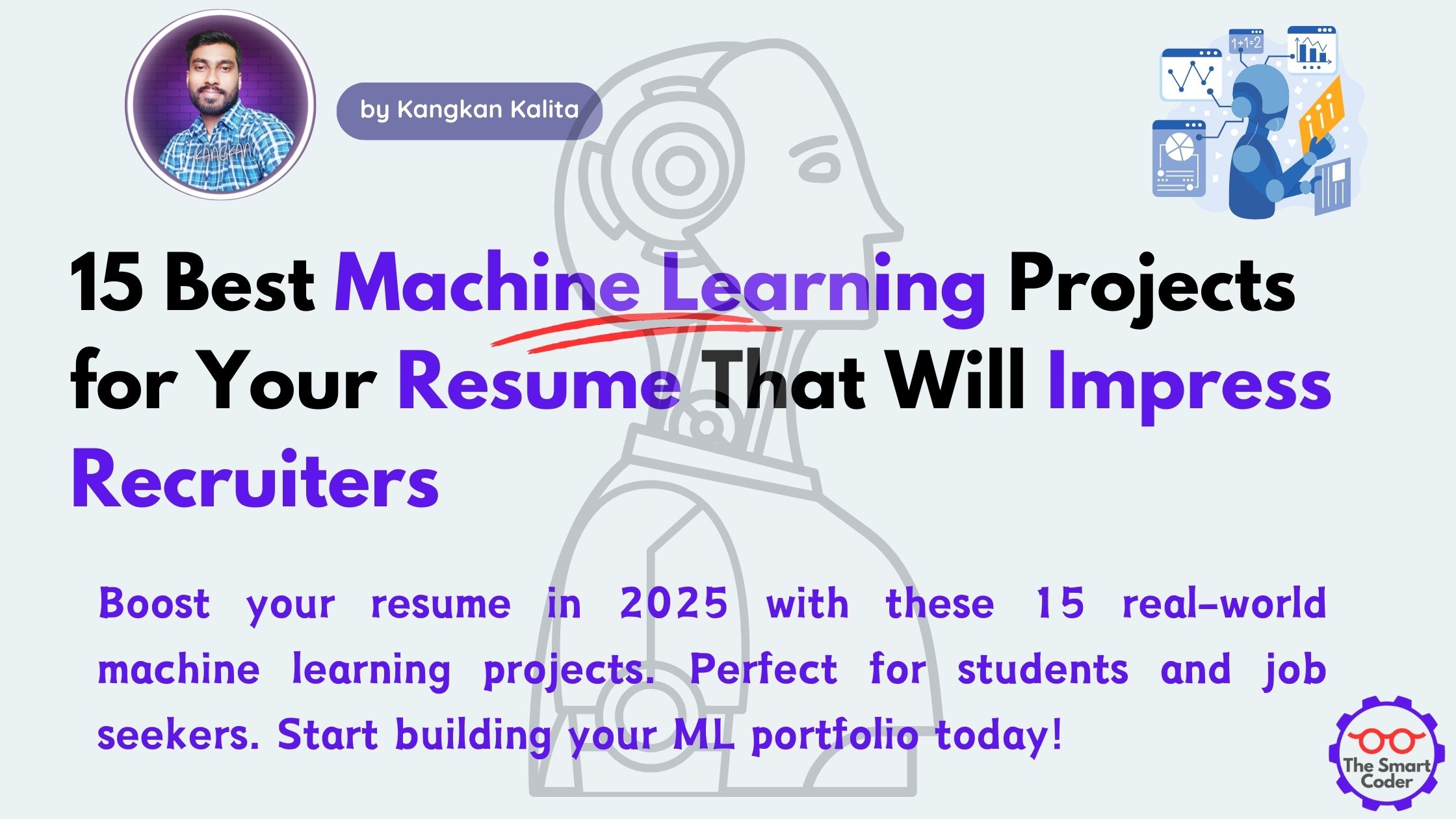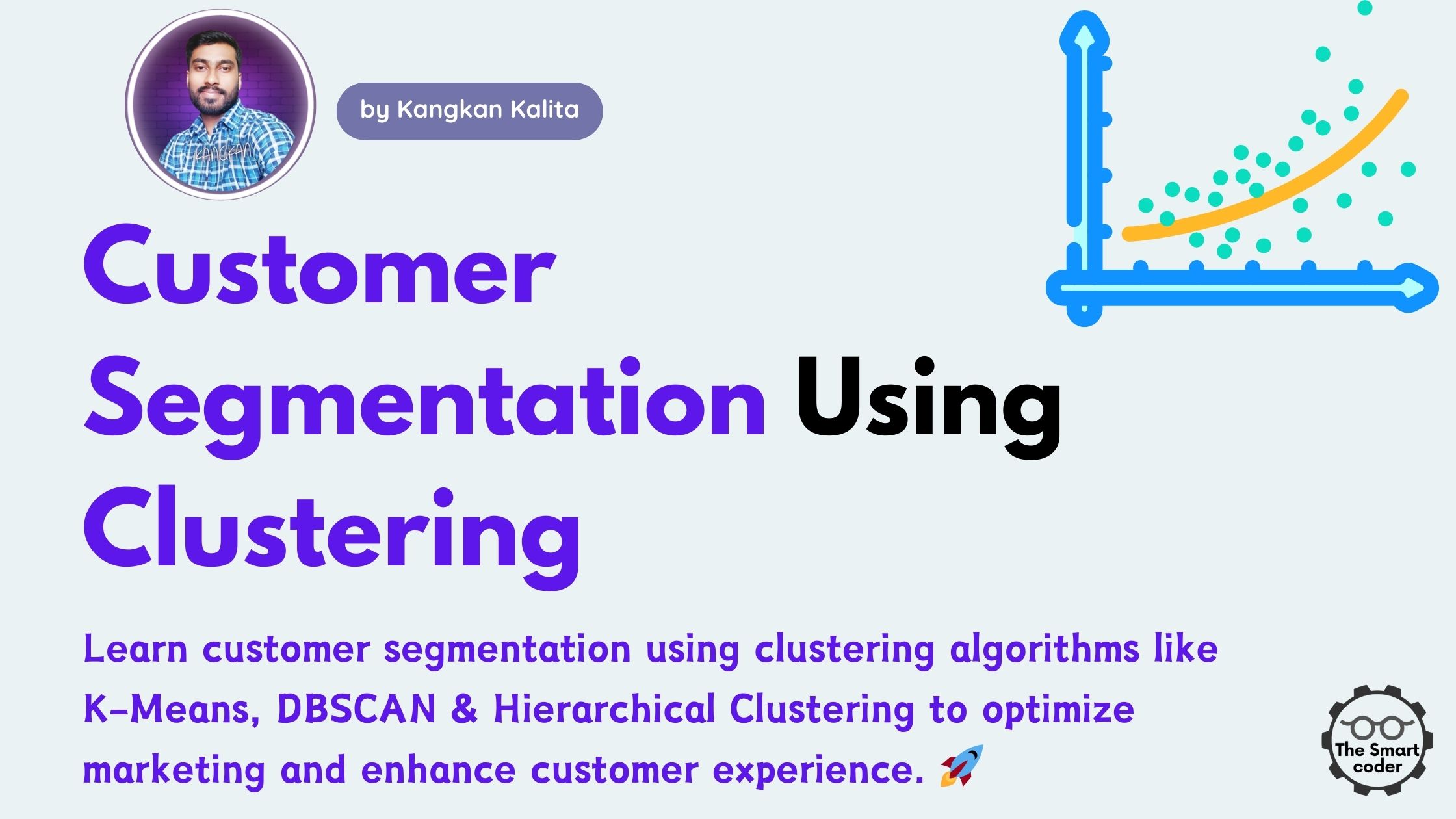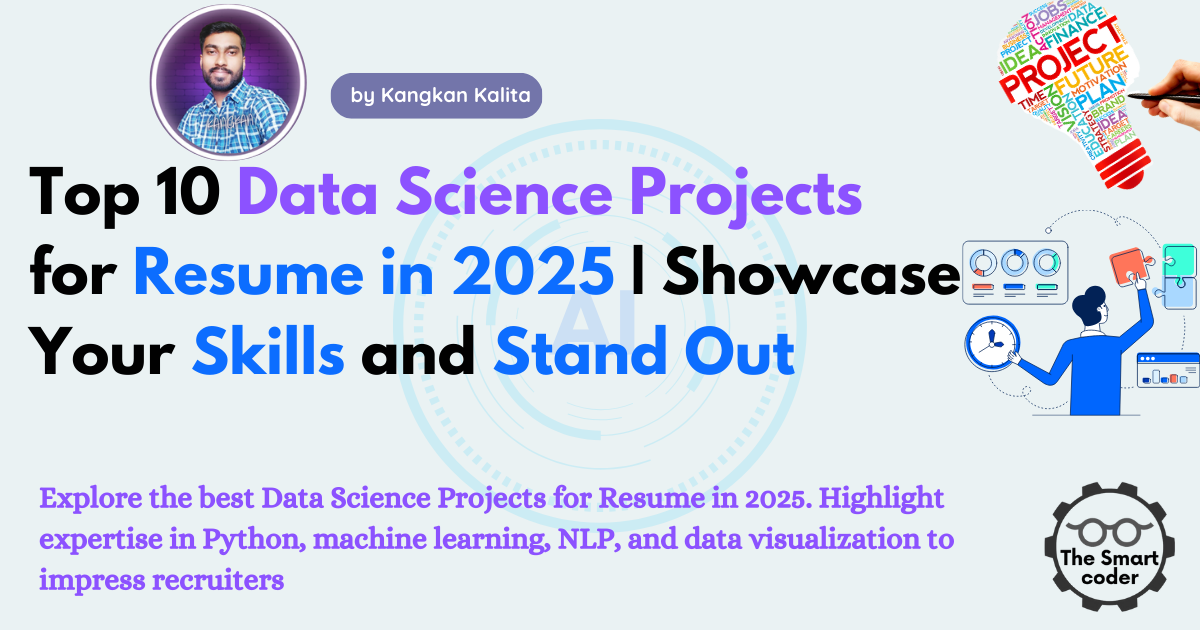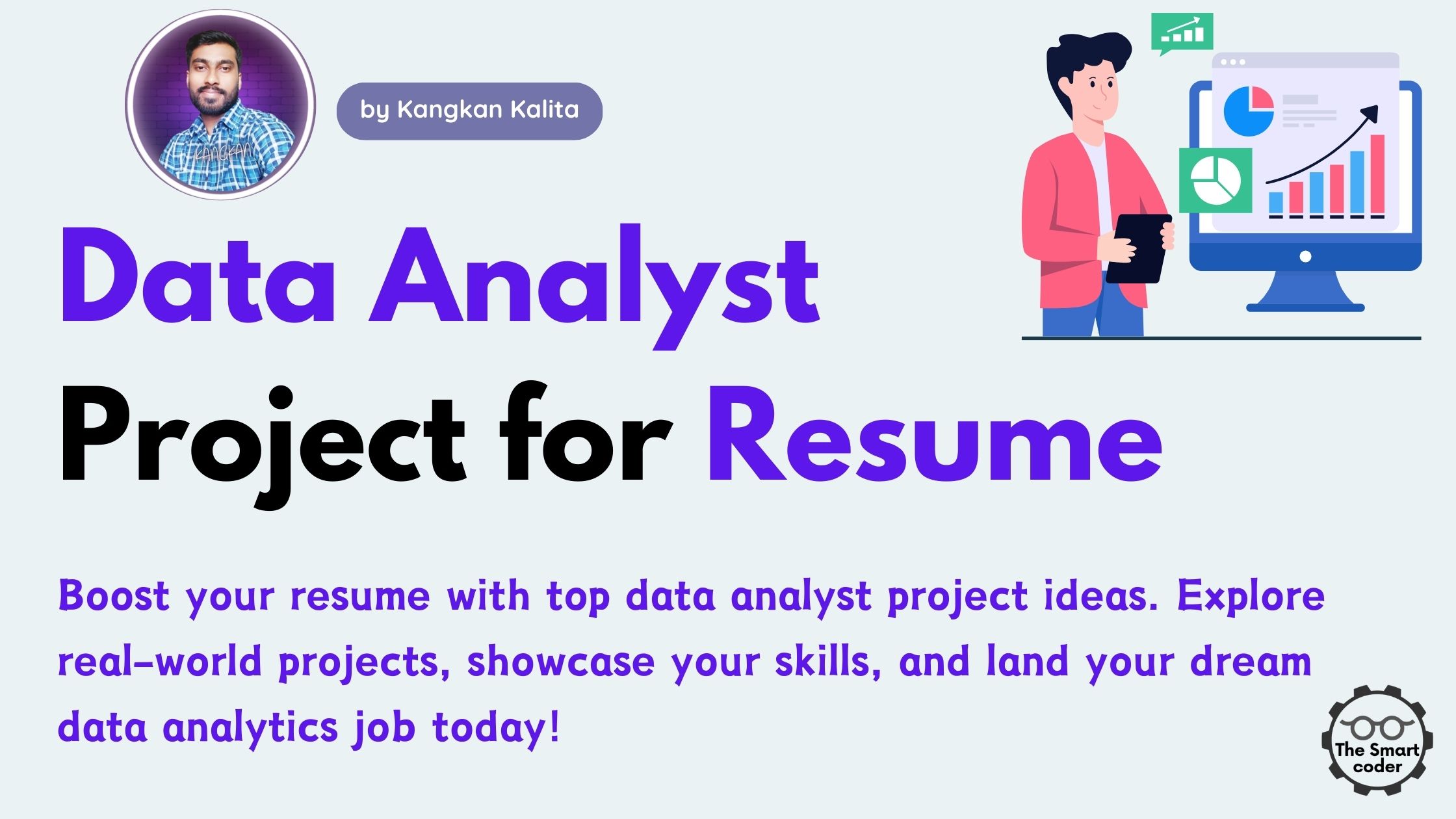Top 5 Machine Learning Datasets on Kaggle That Every Beginner Should Explore [2025]
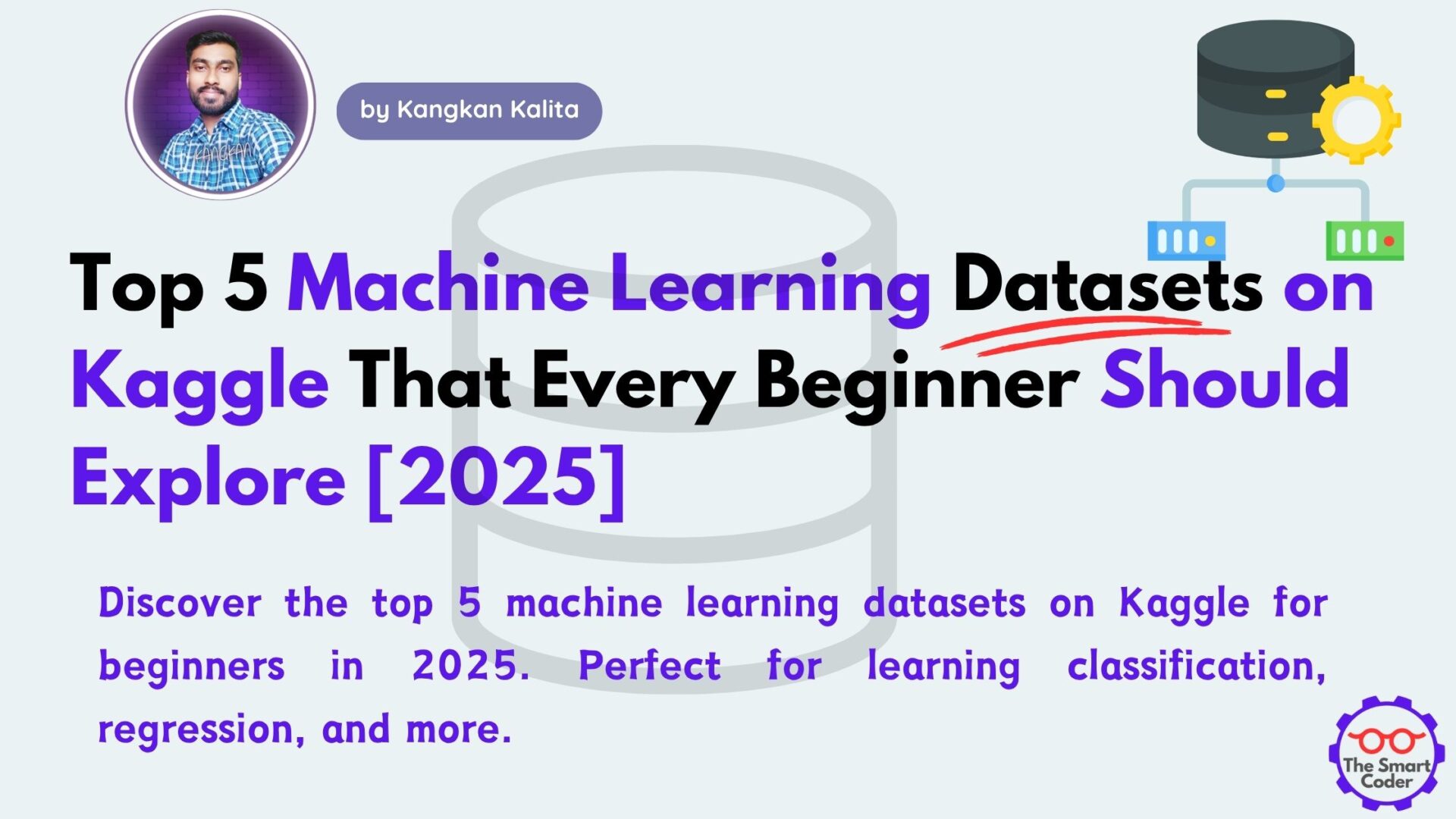
Introduction
Getting started with machine learning can feel overwhelming. Between the theory, algorithms, and coding, it’s easy to get lost. One of the smartest ways to build real skills is to practice with actual data. That’s where the right machine learning datasets come in. For beginners, working on curated, beginner-friendly datasets helps bridge the gap between concept and application.
Kaggle is the go-to platform for data science and machine learning projects. It offers thousands of datasets, many with built-in challenges, public kernels (code notebooks), and active discussion forums. Kaggle datasets range from simple CSVs to complex real-world datasets, and the platform allows you to run experiments directly in-browser.
Using free machine learning datasets on Kaggle isn’t just good practice—it’s essential. These datasets expose you to data cleaning, feature engineering, model building, evaluation, and visualization. Whether you want to master classification, regression, or clustering, starting with the right datasets can accelerate your journey.
Below, we’ve curated five of the best datasets to practice ML in 2025. They’re popular, beginner-friendly, and come with plenty of community resources to help you learn effectively.
1. Titanic: Machine Learning from Disaster
Link: Titanic Dataset on Kaggle
Description
This classic dataset involves predicting which passengers survived the Titanic shipwreck. It includes information like age, gender, ticket fare, class, and more.
ML Problem Type
Classification
Why It’s Great for Beginners
- Small, clean dataset
- Balanced classes
- Teaches handling missing values and categorical data
- Kaggle’s most popular beginner competition
Techniques You Can Practice
- Logistic Regression
- Decision Trees
- Random Forests
- Data preprocessing
- Feature engineering
Example Project Ideas
- Predict survival based on demographics
- Compare model accuracy using different algorithms
- Visualize survival rates by class or gender
Format & Structure
- Format: CSV files (train.csv, test.csv, gender_submission.csv)
- Size: ~60 KB
- Columns: PassengerId, Pclass, Name, Sex, Age, SibSp, Parch, Ticket, Fare, Cabin, Embarked, Survived
2. Iris Dataset
Link: Iris Dataset on Kaggle
Description
This classic dataset from UCI contains 150 samples of iris flowers with four features each (sepal and petal width/length) classified into three species.
ML Problem Type
Classification (multi-class)
Why It’s Great for Beginners
- Very clean and small dataset
- Ideal for visualizations and EDA
- Easy to understand conceptually
Techniques You Can Practice
- K-Nearest Neighbors (KNN)
- Support Vector Machines (SVM)
- Decision Trees
- Principal Component Analysis (PCA)
Example Project Ideas
- Visualize decision boundaries using SVM
- Build a flower species prediction model
- Explore dimensionality reduction techniques
Format & Structure
- Format: CSV
- Size: ~5 KB
- Columns: SepalLengthCm, SepalWidthCm, PetalLengthCm, PetalWidthCm, Species
3. House Prices: Advanced Regression Techniques
Link: House Prices Dataset on Kaggle
Description
Predict the final price of homes in Ames, Iowa based on 79 explanatory variables, including location, quality, and physical features.
ML Problem Type
Regression
Why It’s Great for Beginners
- Teaches real-world regression modeling
- Requires handling missing data, skewed distributions, and categorical features
- Rich feature set for experimentation
Techniques You Can Practice
- Linear Regression
- Ridge/Lasso Regression
- XGBoost
- Data imputation and transformation
- One-hot encoding
Example Project Ideas
- Predict house prices with various regression models
- Feature selection impact on model performance
- Use pipelines to streamline preprocessing and modeling
Format & Structure
- Format: CSV (train.csv, test.csv)
- Size: ~500 KB
- Columns: 80 features like LotArea, YearBuilt, OverallQual, and target variable SalePrice
4. Student Performance Dataset
Link: Student Performance Dataset on Kaggle
Description
Analyzes student performance in math, reading, and writing exams based on gender, parental education, lunch type, and test preparation.
ML Problem Type
Regression or classification
Why It’s Great for Beginners
- Human-related data with relatable context
- Allows binary or multi-class classification and regression
- Good for EDA and hypothesis testing
Techniques You Can Practice
- Linear Regression
- Logistic Regression
- Correlation analysis
- Data visualization
Example Project Ideas
- Predict if a student will pass based on socio-economic features
- Visualize how parental education affects performance
- Build a model to identify students needing extra help
Format & Structure
- Format: CSV
- Size: ~10 KB
- Columns: Gender, Race/Ethnicity, Parental level of education, Lunch, Test preparation course, Math/Reading/Writing score
5. Heart Disease UCI Dataset
Link: Heart Disease Dataset on Kaggle
Description
Medical dataset that includes 14 attributes related to heart health to predict the presence of heart disease.
ML Problem Type
Binary Classification
Why It’s Great for Beginners
- Health-related, high-impact problem
- Encourages critical thinking about model implications
- Great for binary classification practice
Techniques You Can Practice
- Logistic Regression
- Random Forest
- SVM
- Feature selection
- ROC Curve and AUC scoring
Example Project Ideas
- Predict heart disease risk from clinical data
- Evaluate model performance using confusion matrix
- Compare models on sensitivity vs. specificity
Format & Structure
- Format: CSV
- Size: ~12 KB
- Columns: Age, Sex, ChestPainType, RestingBP, Cholesterol, FastingBS, MaxHR, and more
FAQ: Beginner Questions About ML Datasets
1. Where can I find machine learning datasets for practice?
Kaggle is one of the best places to find free machine learning datasets. You can also explore UCI Machine Learning Repository, Google Dataset Search, and data.gov.
2. Which machine learning dataset is best for classification problems?
The Titanic dataset and the Heart Disease dataset are both excellent for binary classification. The Iris dataset is great for practicing multi-class classification.
3. Are Kaggle datasets free to use for projects?
Yes, almost all Kaggle datasets are free to use for educational and personal projects. Just make sure to check the dataset’s license if you’re using it for commercial purposes.
4. Can I use Kaggle datasets outside of Kaggle?
Yes, you can download the datasets and use them in your local Python environment, Jupyter Notebook, or other platforms like Colab.
5. How do I choose the right dataset as a beginner?
Look for datasets that are clean, well-documented, and not too large. Start with classification or regression problems before moving into unsupervised learning or deep learning.
Conclusion
These five machine learning datasets are more than just practice material—they’re stepping stones to becoming a confident data scientist. From predicting survival rates to estimating house prices, they offer real-world problems in manageable formats.
Whether you want to understand basic algorithms or build your first ML portfolio project, these Kaggle datasets are the perfect place to begin in 2025. Jump in, start experimenting, and make sure to check out Kaggle’s tutorials and notebooks to supercharge your learning.
Want to go further? Pair your dataset explorations with courses from Coursera, fast.ai, or DataCamp. The best way to learn machine learning is by doing it.
- SQL for beginners : A Complete Guide
- Predictive Analytics Techniques: A Beginner’s Guide to Turning Data into Future Insights
- Top 10 Data Analysis Techniques for Beginners [2025 Guide to Get Started Fast]
- How to Build a Powerful Data Scientist Portfolio as a Beginner [Step-by-Step 2025 Guide]
- Hypothesis Testing in Machine Learning Using Python: A Complete Beginner’s Guide [2025]
